Subgrantee Group
Sacred cures and scientific cures: Science and religion in the evolution of folk medicine
Principal Investigator: Dr Mícheál de Barra and Dr Aiyana Willard, Brunel University London
Religious worldviews, and the meaning they create, may provide adaptive benefits by bringing a sense of predictability to uncertain situations, reducing anxiety, and encouraging community support and cooperation. If these benefits exist, religious beliefs and behaviours should be more common in situations that necessitate order, anxiety reduction, or social support. Scientific worldviews, although often held in opposition to religion, may also create a sense of order and predictability, albeit via different cognitive processes. We will test these theories about the function and expression of religious and scientific meaning-making in the domain of illness and its treatment. Illnesses, to varying degrees, create many of the socio-ecological factors relevant to the adaptive values of these worldviews and meaning-making more generally (i.e. mortality risks, uncertainty, anxiety, the need for community support). In addition, within any single cultural group, numerous religious and scientific/naturalistic treatments are employed for illnesses. This variability provides analytic traction, allowing us to test the relationships between worldview and socio-ecological contexts.
We will test our hypotheses in three datasets. First, using a corpus of 2,302 folk treatments collected in 1930s Ireland, we will test if religious treatments are more common than scientific/naturalistic treatments when illnesses are more severe, disabling, or causally opaque. Second, in a field study in Mauritius, we well test what kinds of illnesses tend to evoke religious versus scientific/naturalistic treatments. Finally, in two large-N online UK samples, we will assess the role of religious and scientific/naturalistic responses to different kinds of health threats.
Hypothesis 1: Severe illnesses will have more treatments - both nnaturalistic and religious - than less severe illnesses. Based on an error management principle, the higher costs in high mortality circumstances make even the small potential benefits from trailing different treatments more worthwhile.
Hypothesis 2: Illnesses that are perceived to have clear causes and underlying pathology, even if these perceptions are inaccurate, will be more commonly treated with scientific/naturalistic treatments. Supernatural explanations/cures will be more common when illnesses are perceived as incoherent and incomprehensible (i.e., if illnesses do not fit a familiar schema, have a clear prognosis, or a clear cause). Religious worldviews enable the recovery of a sense of meaning and predictability in situations of high uncertainty (Kay et al., 2010).
Hypothesis 3: Ritualistic treatments (both scientific/natural and religious/supernatural) will be more common when illnesses provoke high anxiety. The benefits of ritual action on reducing anxiety (Lang et al., 2015) will make these treatments more effective to users.
Hypothesis 4: Explicitly religious treatments (as opposed to other types of supernatural content) will be more common when illness results in a need for care. Illnesses that are disabling will involve more religious treatments/rituals since these provide a way to increase the chances that others see them as deserving the help they need (i.e., increase community support; Bird et al., 2018; de Barra et al., 2019).
Hypothesis 5: Existing worldviews (religious and non-religious) will moderate the willingness to endorse treatments. Non-religious participants will be more reluctant to endorse religious treatments even under conditions of uncertainty and anxiety, but will still be willing to endorse supernatural and ritual cures with no explicit religious content. Religious participants will still endorse scientific/natural treatments. This suggests a ‘coexistence’ of these worldviews for religious participants, and a more selective coexistence for non-religious participants.


